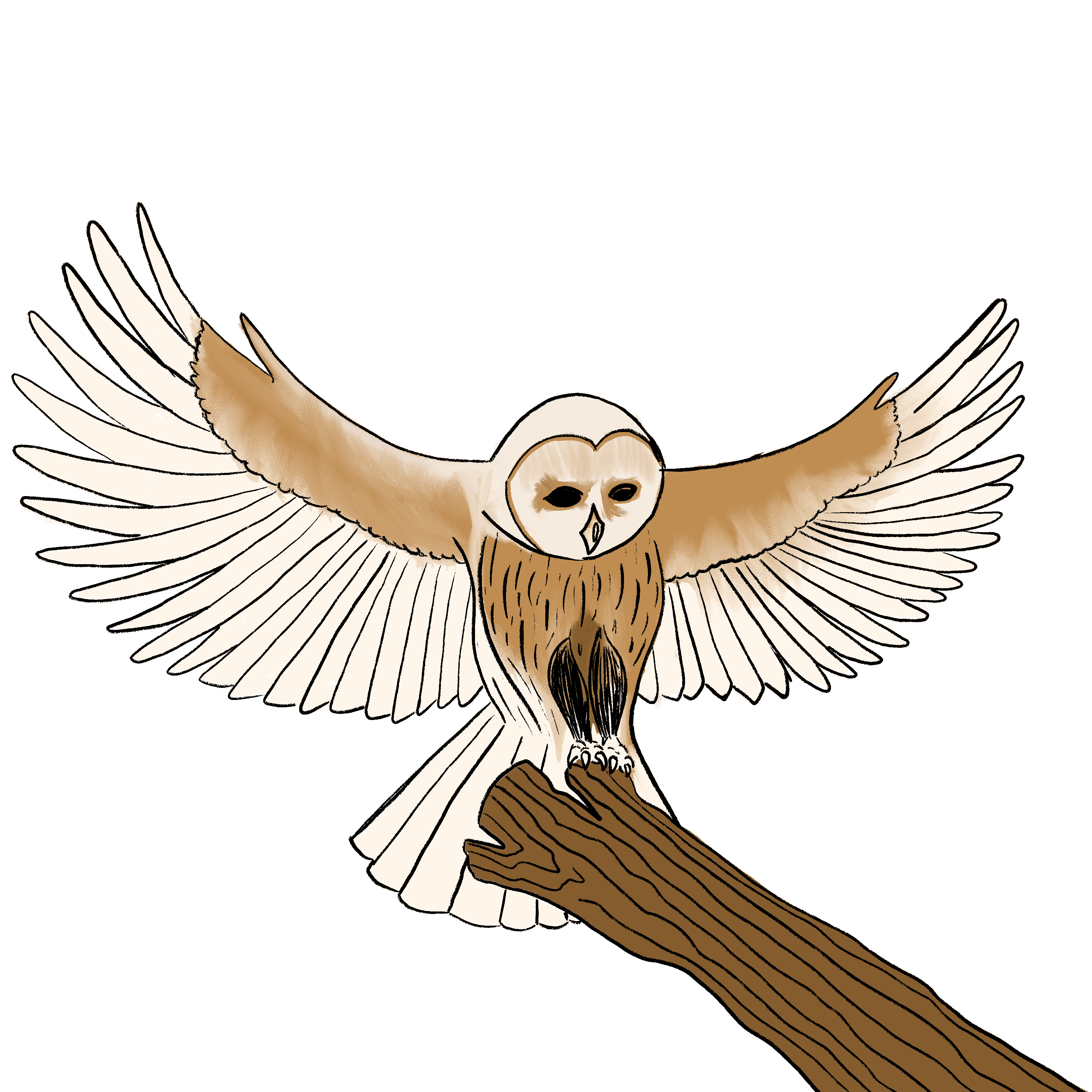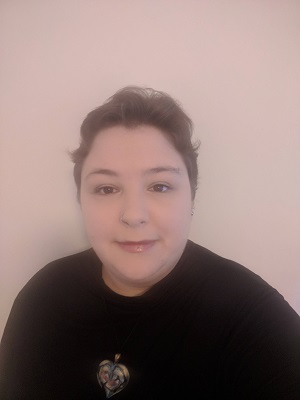
After tech writing: where do you go if you want to move on? – By Deborah Barnard
By Deborah Barnard on Writing docs from June 2, 2020
Many of us have interesting “origin stories” - how we got into tech writing. Tech writers come from all sorts of educational and professional backgrounds: from those who follow a linear path from a tech writing qualification straight into their first writing job, to those who meander through other roles (in tech and beyond), before ending up writing the docs.
Coming to tech writing from other roles can give you a broad skill-set which is, in my opinion, a tech writer’s superpower. As a tech writer, you often need to work across departments, confidently interacting with everyone from marketing to development. Your duties may also be diverse: for example, you’re tasked to write a webhelp, but before long you’re consulting on UI copy, providing usability feedback, helping craft a sales presentation, and evaluating API docs tooling.
So, we come from all sorts of backgrounds, and can work across a wide range of tasks. But what happens when a tech writer wants to move on? Where does tech writing take you? This article will look at some of the next destinations for tech writers, focusing on the software industry.
Roles
Product management and project management
These areas seem to be common destinations for tech writers who want to switch paths. Let’s start with some quick definitions, courtesy of Wikipedia:
Product management is an organisational function within a company dealing with new product development, business justification, planning, verification, forecasting, pricing, product launch, and marketing of a product or products at all stages of the product lifecycle. - https://en.wikipedia.org/wiki/Product_management3
Project management is the practice of leading the work of a team to achieve goals and meet success criteria at a specified time. - https://en.wikipedia.org/wiki/Project_management
In practice, the areas are often blurred. But broadly speaking, product managers do strategic planning and high-level decision making, while project managers handle the detailed execution of those plans.
Working on documentation can provide us with skills that feed into this type of role:
- We work across departments, getting an overview of the whole business in the process, as well as an introduction to the coordination effort involved in product management.
- The ability to empathize with users (internal and external) is of huge value when developing a product.
- We’re often involved in project planning, at least for the documentation. If docs are run as part of a developer sprint team, we become familiar with dev planning. If docs are their own project, we probably have some basic project management responsibilities already.
- We’re great at communicating in writing. This is valuable for everything from presenting product research, to writing requirements and project tasks.
Recommended resources
This Is Product Management - a product management podcast
UX designer
UX (user experience) is all about improving the user experience of . . . well, anything a human being uses. It’s often used in the context of software, but can also be hardware (a coffee machine, or a piece of flatpack furniture, for example). UX designers gather user data through a mix of analytics, surveys and user interviews, then use the insights gained from this data to recommend app improvements, design user interfaces, and advocate for the product’s end user. Roles vary in how much design detail is involved, but a UX designer is likely to at least create wireframes.
UX is not just for graphic designers. While most UX designers probably have a background in UI (user interface) design or other graphics areas, there’s nothing to stop a tech writer with some visual flair making the transition:
- We should already be user advocates.
- If looking to change roles in the same company, we’re often very familiar with the pain points of the software we’re documenting. I know that the longer I work for a client, the more likely I am to start a “UI wishlist” or “UI suggested tweaks” document, from a usability perspective.
Recommended resources
Don’t Make me Think - a UX book by Steve Krug
Accessibility consultant
Accessibility consultants help companies meet accessibility guidelines (such as the WCAG specifications) and compliance requirements, making their software accessible to more people, especially users with disabilities or temporary impairments.
This is a valuable area that often gets neglected in software design and development. Accessibility is important for moral, legal and business reasons:
- It’s good to make our software inclusive.
- It’s increasingly a legal requirement. For example, in 2019, there was one lawsuit per hour filed in the USA relating to ADA, the Americans with Disabilities Act.
- Websites and apps that meet accessibility standards are more usable for everyone, and more likely to succeed. In 2019, a UK survey estimated that the lost business from people clicking away from inaccessible websites was £17.1 billion.
As tech writers, we’re already accustomed to thinking about readability, and some readability concerns overlap with accessibility (such as good font size and color contrast). If we are involved in designing our webhelps, we’ve probably already gathered some basic accessibility awareness. If this isn’t a topic you’ve thought about before, I recommend 15 Things to Improve Your Website Accessibility as an introduction to why you should care, and some basic things you can do.
Recommended resources
There are several great accessibility audit tools, including Google Lighthouse, Microsoft Accessibility Insights, and axe by Deque. Try running tests on websites you visit (and your own sites).
Instructional design
This is another area that seems a natural destination for some tech writers. We can go back to Wikipedia for our definition:
Instructional design (ID), also known as instructional systems design (ISD), is the practice of systematically designing, developing and delivering instructional products and experiences, both digital and physical, in a consistent and reliable fashion toward an efficient, effective, appealing, engaging and inspiring acquisition of knowledge. - https://en.wikipedia.org/wiki/Instructional_design
At times, tech writing can overlap with teaching, such as when we create a series of tutorials, or a short video course. However, it is a distinct specialism with its own goals and practices. Whereas tech writers are generally helping a user complete a task or achieve a specific goal (task-oriented), instructional designers are concerned with a broader type of learning, helping students acquire knowledge (learning-oriented).
While it may be a separate discipline, there is substantial skills overlap between tech writing and instructional design:
- Clear, informative writing and a good command of language.
- Organizing information.
- A desire to help users achieve their goals and gain knowledge.
How to progress to your next role
Just as many of us fell into tech writing from other roles, so many tech writers fall into their next role from something they started doing as a tech writer. If you find a particular element of tech writing especially enjoyable, see if there is a specialization that uses it heavily. For example, I only discovered that accessibility consultant is an actual job because I found myself advocating for accessibility with my clients.
Once you’ve chosen an area, it’s always worth checking if you could move within your current company. They already know (and hopefully like!) you, and if you can make a convincing case for the benefits of using you in a new role, they may be willing to allow the move, or even provide training to support your career switch.
If you decide you need to move on, or skill up, investigate professional certifications and training courses for your chosen area. Certifications can be expensive, but there are often free or cheap learning resources available to get you started, through sites such as edX.
Try to connect with professional communities in your target career, through meetups, Slack groups, conferences and so on. They’ll probably have recommended resources, and can tell you whether a particular certification is worth getting. They may also be a source of networking and job contacts.
Conclusion
This article has provided a quick overview of a few possible job roles for a tech writer looking for a career change, along with some tips for how to make the move. But just as tech writers come from all sorts of backgrounds, our skills allow us to move on in all sorts of interesting directions. We’d love to hear from you if you’ve made a particularly unusual or interesting career change.


Writing docs
(253)

General posts useful to all documentarians about writing documentation, editing and publishing workflows, and more.


Feature spotlight
(15)

Your flight plan for how to get the most out of KnowledgeOwl features and integrate them into your workflows.


Announcements
(21)

Major KnowledgeOwl company announcements.


Customer stories
(9)

Learn how others are using KnowledgeOwl & get pro tips on how to make the most of KO!


Company culture
(40)

Find out more about who we are and what we value.


Support
(75)

We believe good support is the foundation of good business. Learn about support tools and methodology.


Tools
(64)

Learn more about tools to solve various documentarian issues, within and beyond KnowledgeOwl.


All
(384)

Not sure what category you need? Browse all the posts on our blog.

Got an idea for a post you'd like to read...or write?
We're always looking for guest bloggers.
Learn moreStart building your knowledge base today
- 30 days free (and easy to extend!)
- No credit card required
- Affordable, transparent pricing
- No cost for readers, only authors
Want to see it in action?
Watch a 5-minute video and schedule time to speak with one of our owls.


